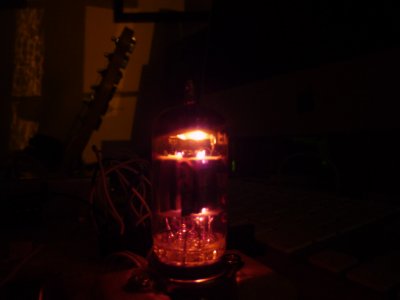kattjaevel
New member
Hi! When I first completed my Crack resistances and voltages checked out when measured, but after a while the sound in the right channel faded out.
Now when I measure the voltages I get some weird values. Between 12 and below points it's higher than expected. The A8 LED doesn't light up, nor does the topmost side of the 12AU7 glow
A6 145V,
B1 145V,
B3 145V
Any clues where to start figuring this out?
Now when I measure the voltages I get some weird values. Between 12 and below points it's higher than expected. The A8 LED doesn't light up, nor does the topmost side of the 12AU7 glow
A6 145V,
B1 145V,
B3 145V
Any clues where to start figuring this out?











